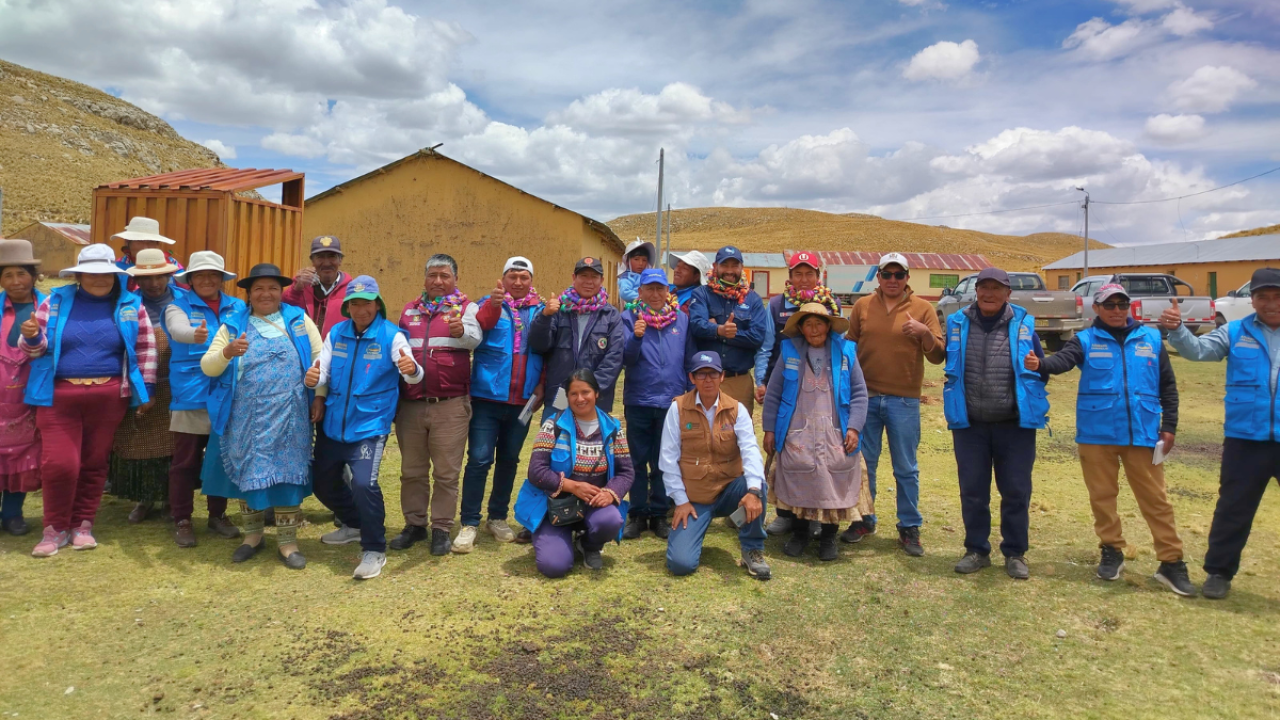Lake Titicaca, the highest navigable body of water in the world, is facing a concerning ecological crisis due to the accelerated decline of its native species, mainly from the genus Orestias (yellow carachi, grey carachi, boga) and Trichomycterus (suche and mauri).
This situation alarms fishing communities and environmental authorities, as these species, unique in the world, are threatened by overfishing, violation of fishing bans, water pollution from economic activities, and limited solid waste management.
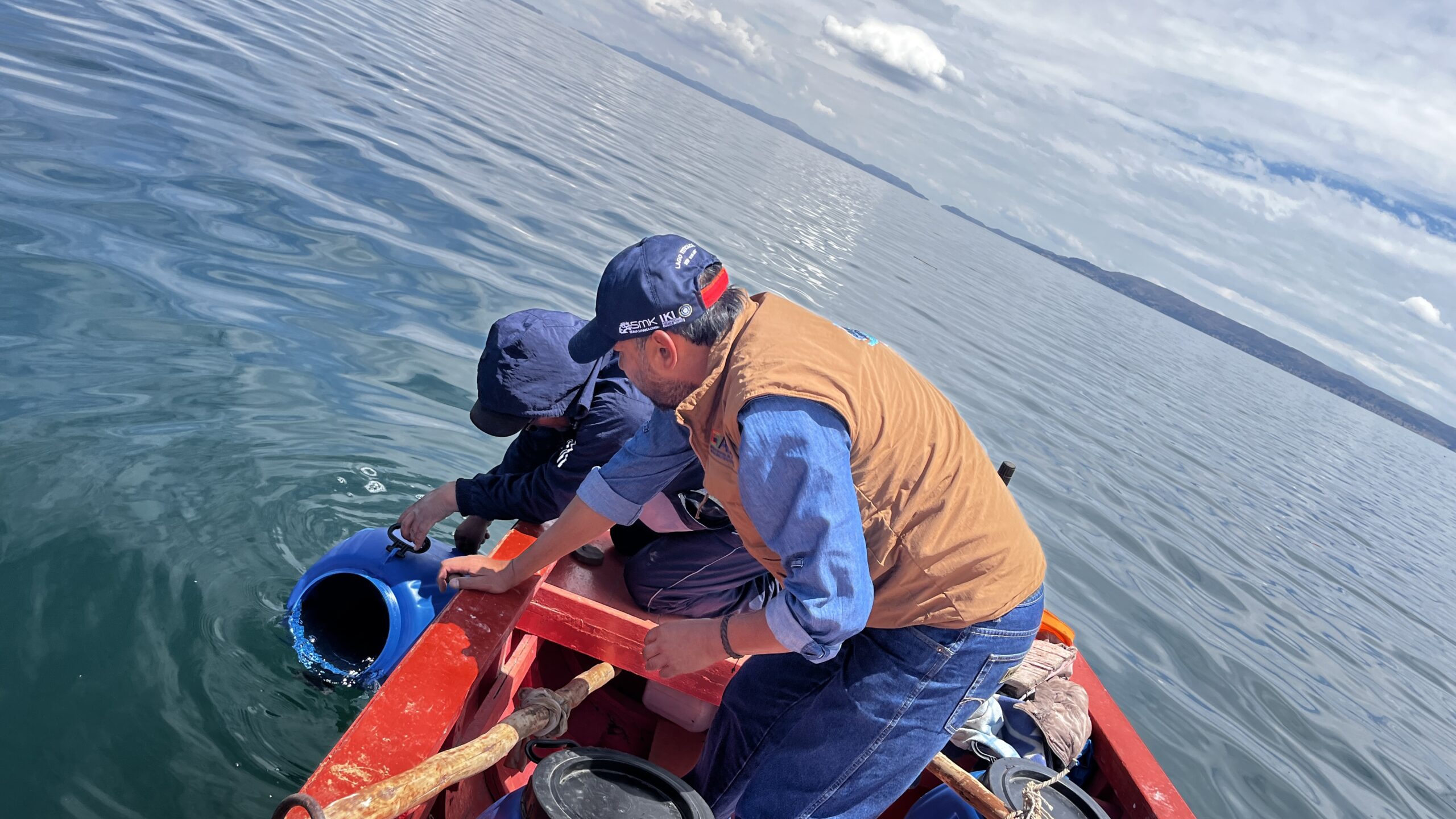
A Coordinated Response: Living Lakes Project and its Partnerships
Faced with this critical situation, the Binational Autonomous Authority of Lake Titicaca (ALT) and the Living Lakes Project have launched a joint initiative with fishing organizations and institutions committed to the fisheries sector. The strategy of this initiative aims to promote coordinated actions that help recover the biomass of native fish throughout the Lake Titicaca basin, in both the Peruvian and Bolivian sectors.
Thus, by applying effective, low-cost, and easy-to-implement techniques, practices of reproduction and assisted management for the production of native fish post-larvae are being promoted. These are obtained under controlled conditions of water quality and technical management, to then, after a short period, release these small fish into their natural habitat in Lake Titicaca. This joint effort not only seeks to recover native fish populations but also to preserve fishing traditions and ensure the economic livelihood of lakeside communities. Additionally, the initiative strengthens the synergy between science, environmental management, and local knowledge, aiming for a sustainable future for the lake and its inhabitants.
During 2024, training courses were conducted with different fishing communities in both the Peruvian and Bolivian sectors of Lake Titicaca, with participation from more than 500 artisanal fishers. The workshops covered key aspects of assisted reproduction: handling of eggs and larvae, food production, control of water quality parameters, and optimal environmental conditions for the development of native species. These spaces not only strengthened the technical capacities of fishing organizations but also promoted the leadership of youth committed to lake conservation.
As a result of the initiative, in 2024 more than one million native fish fingerlings were released in different areas of the basin. This milestone represents a significant and encouraging step in the recovery of these species and demonstrates the positive impact of collaborative work between institutions and fishing communities.
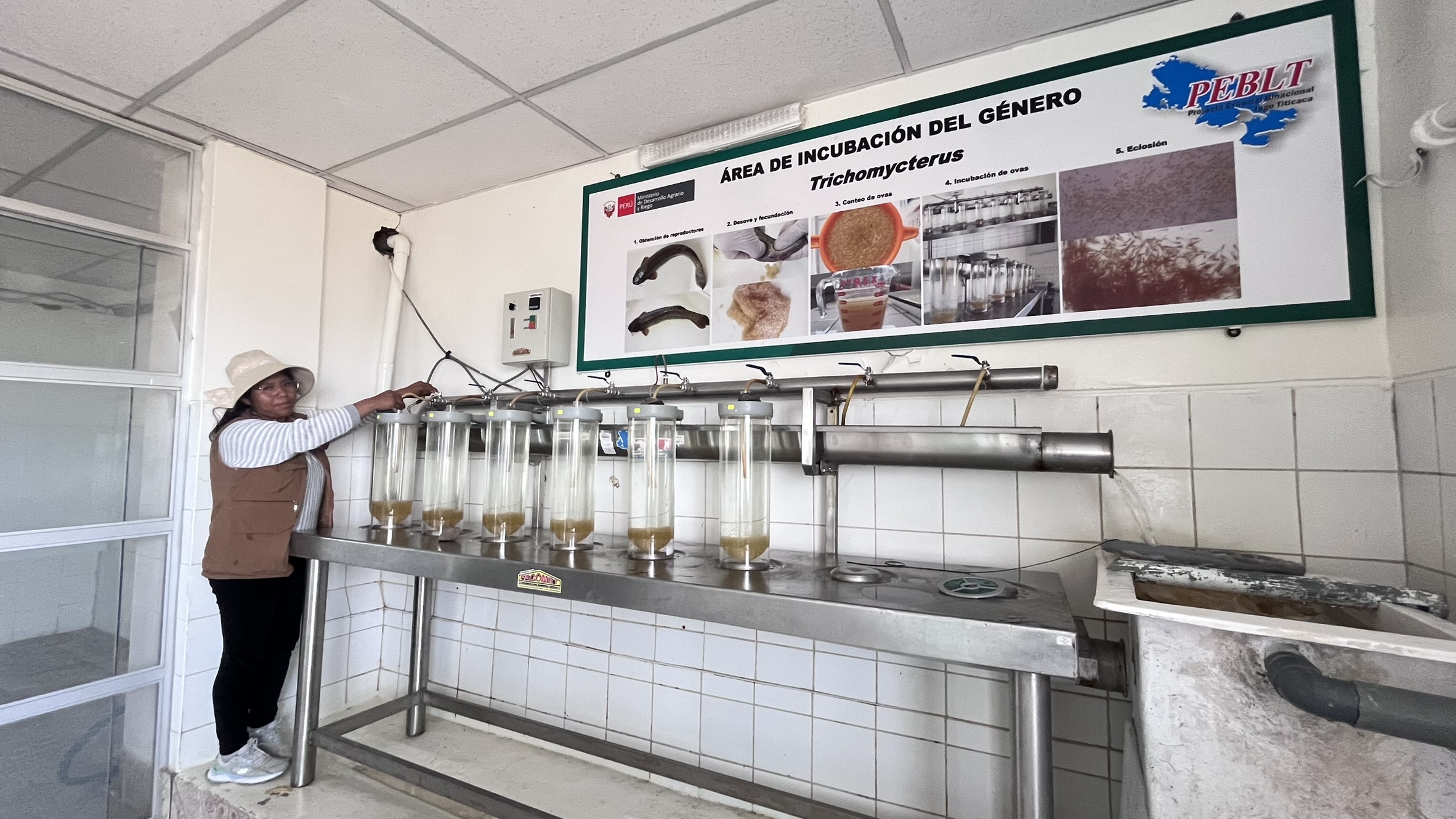
Innovation and Learning Laboratories:
The success of this initiative is based on strengthening specialized laboratories for the reproduction of native fish. A standout example is the fish laboratory of the Lake Titicaca Special Project (PELT), which, along with ALT and the Living Lakes project, works together under an inter-institutional agreement to enhance this initiative of native fish production and restocking in various points of the Lake Titicaca basin.
One of the visible faces of this work is Fanny Bailón Vilca, a young fishing leader who, through the Living Lakes project, received four months of training in laboratory management of native fish. Her work has been key in processes of assisted reproduction techniques, technical management, feeding, and restocking techniques in the lake’s natural habitat, among other practical knowledge.
“It has been a transformative experience. Before, I only knew these fish for their economic and nutritional value, but now I understand their ecological and cultural importance. I’m committed to continuing to share this knowledge within my fishing organization,” says Fanny.
Complementarily, the installation of basic, low-cost, and easily implemented laboratory modules is being promoted in communities in both Peru and Bolivia. These initiatives encourage youth participation and strengthen the commitment of fishing organizations, expanding fingerling production capacity and extending restocking actions to more areas of the basin. This strengthens the recovery of fish biodiversity in Lake Titicaca and lays a solid foundation for the sustainability of the resource.
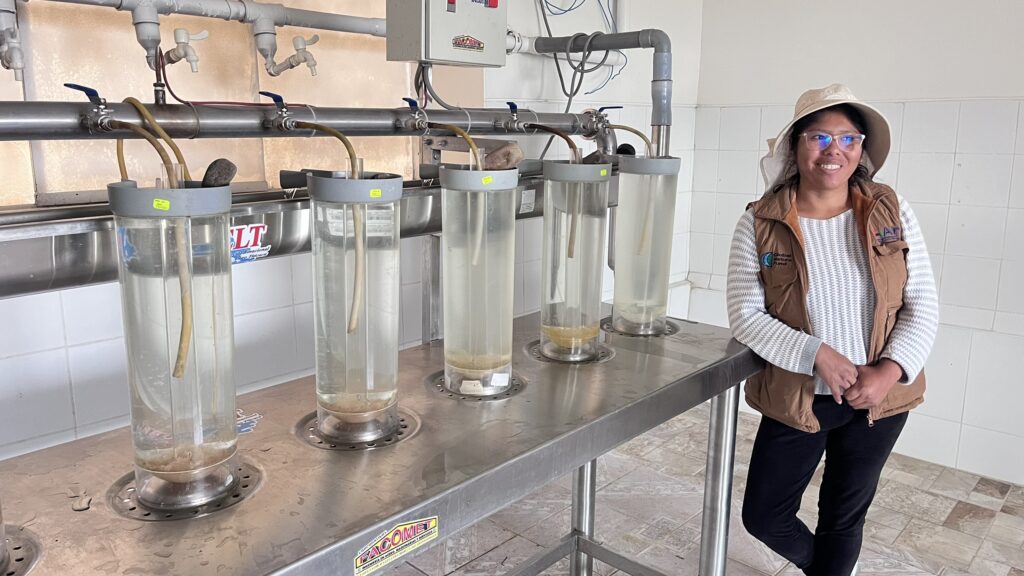
Training and Empowerment of Communities:
Education and community empowerment are fundamental pillars to ensure the success of ecological recovery in Lake Titicaca. Within this framework, the Living Lakes Project, ALT, and various institutions in the fisheries sector, with the active participation of fishing associations, have promoted reproduction and fingerling management courses that combine theory and practice. These training spaces not only impart technical knowledge but also reinforce a sense of belonging, environmental responsibility, and collective commitment to the lake’s biodiversity.
“We are working so that each fingerling released is a symbol of our communities’ struggle and commitment. Training is the foundation for these techniques to endure and adapt to future challenges,” emphasizes Blga. Dora López, fisheries extension worker at the Ministry of Production, during the training sessions.
The outlook is promising: both the Regional Government of Puno (Peru) and the Government of La Paz (Bolivia) have expressed interest in replicating and expanding these initiatives by incorporating more technology, financial resources, and territorial coverage.
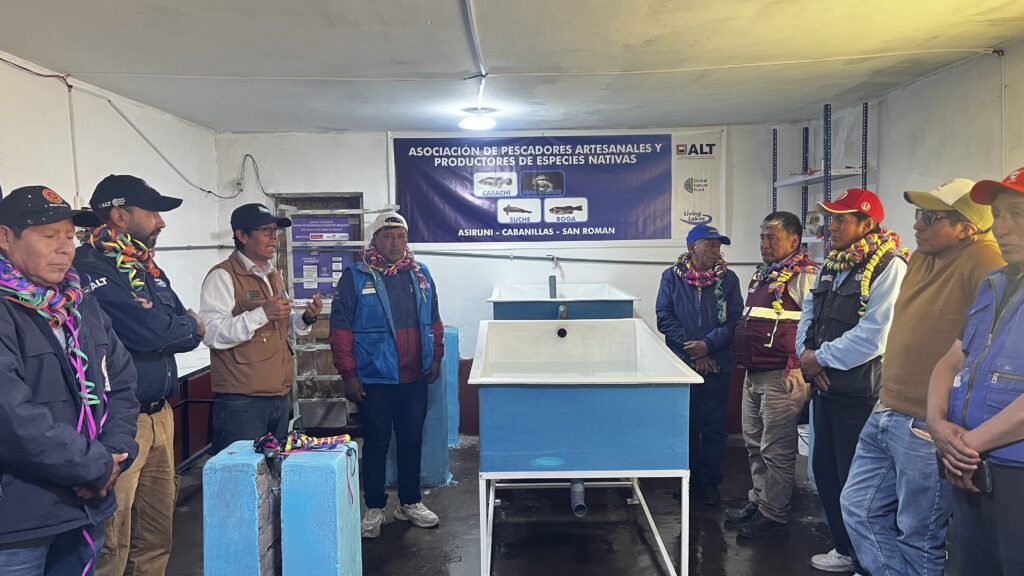
In this context, the recovery of Lake Titicaca’s native species goes beyond the environmental dimension. It represents a comprehensive effort that integrates science, education, community management, and sustainable development.
The synergy achieved between sectoral institutions and fishing organizations shows that, through collaboration and shared commitment, it is possible to reverse the damage caused by decades of overexploitation and low environmental awareness.

